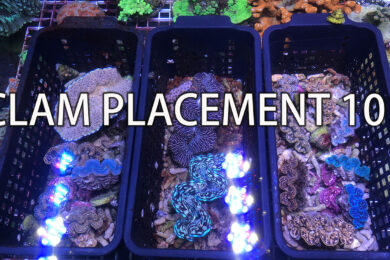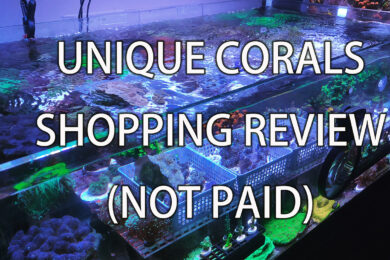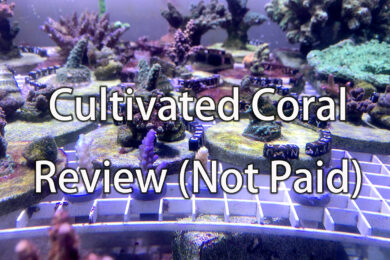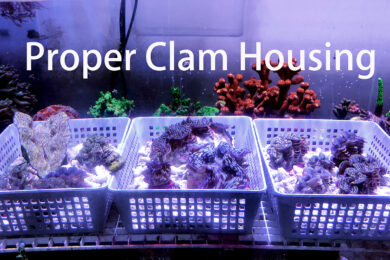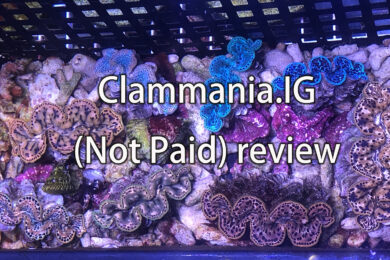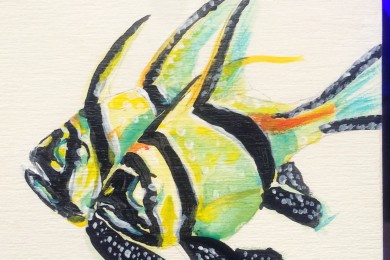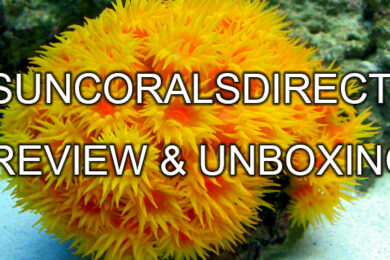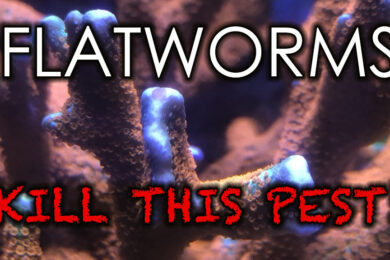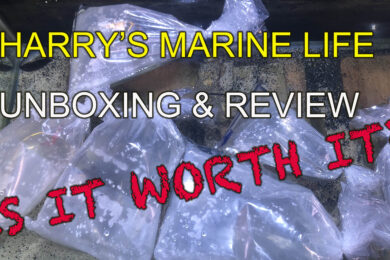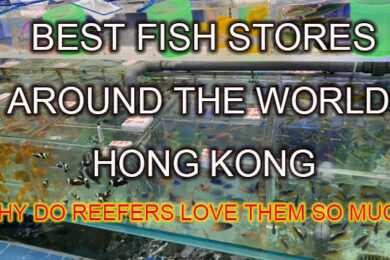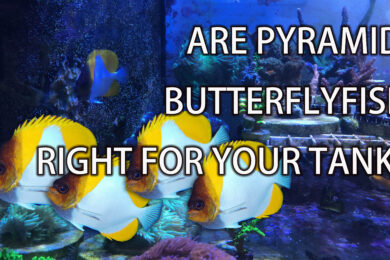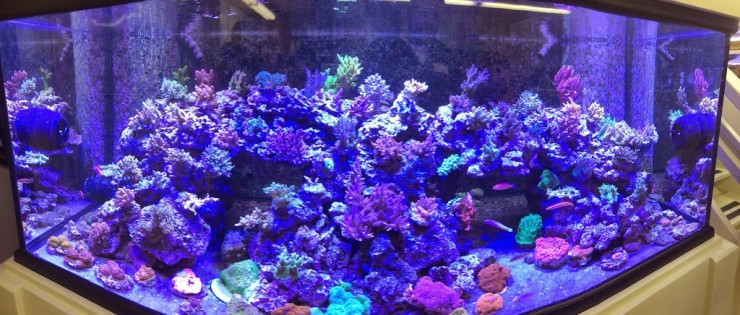 |
| panoramic view of Diver’s Den’s Aquacultured coral display tank |
LiveAquaria is an online aquatic retailer operated under Drs. Foster & Smith, one of the largest and reputable pet supply online retailers. Three times a year LiveAquaria opens up its doors for passionate hobbyist (like myself) to tour the facility in Rhinelander, Wisconsin and purchase livestock at a discount price in person. The Rhinelander location is one of the two LiveAquaria facilities, all of the Diver’s Den livestock are kept and shipped out here while most other “generic” items are kept in a California facility. This facility is also LiveAquaria’s coral farm where they propagate and grow out coral frags in the aquaculture corals section. If you have not been there or seen anyone posted the behind the scene photos, here is a glimpse of where your livestock was once kept and grown while you were ordering them online!
To see some fun fact about their facility, click here.
 |
| Diver’s Den uses Reef Crystals exclusively, these are their massive holding vats! |
 |
| Fish holding section, there are eight walls like this |
The guy in charge of the fish section was very friendly and explained the fish holding, catching (they did not use net to catch the fish, which is amazing), and bagging process. I also asked some questions regarding the fish’s health- The fish are held for at least 14 days before they are available, and the fish are also only available when they are actively accepting frozen food. He dosed just thawed frozen brime shrimp into at least 4 or 5 of these large tanks and I swear all the fish, even the anthias were eating like pigs! In fact I did pick up a MFF trio of bartlett anthias. The one thing I do need to mention is the fish are only lightly medicated so when you order from them I would still recommend a thorough quarantine– without the worry of getting them to eat though!
 |
| The legendary conspicuous angelfish, the most expensive fish, that I know of, in the world at $3,000!! happily mingling with other fish here in this holding tank, and happily accepting food too! |
 |
| A larger group of bartlett anthias male and female mixed along with a Tinker butterfly, some rabbitfish and copper band butterfly |
 |
| Two of my dream fish- Blueface Angelfish and Powderblue Tang, though I will not be having them anytime soon due to space limit in my tank |
 |
| Here is another gem- the super rare candy basslet at $699 (see the price tag) |
 |
| Even though the tag says “Giant Angler” this guy is really small seen in real person, about the size of a quarter. They seem much bigger in their photos online. |
One interesting to note is that many of the fish does seem a bit “different” in person versus seeing them online. Most of the common items like tangs, basslets, and angels don’t have much room for difference since most hobbyists have pretty good ideal what they “look like” already. But some of the rarity and novelties tend to be a bit “surprising” to see in person. For example, this angler in the photo is really tiny in real person, but it looks much larger on the photo displayed in website. I think this fish is no longer available but here is a similar fish I also saw that was tiny. That said, don’t be fooled, these anglers do get big and won’t thrive in a nano system.
 |
| Couple more coolfish- Achillis Tang and a Redtail trigger |
 |
| An Emperor Angelfish with a half black Foxface Rabbitfish |
If you purchase multiple fish of the same species, such as a trio of anthias or a group of cardinals, the fish collectors here scoop the fish out with a container instead of net (at least that’s what they did with my bartlett anthias, and you know how tough and fast they are to catch), they then separate them and bag each fish individually in dark bags to reduce stress.
 |
| One of the bagging stations |
Their Bagging station is kept very clean and sanitary. The floor is surprisingly dry (you would expect this place to be a swampy mess!), and each bag is inspected for the correct item at bagging. They inject oxygen, clamp the bag with metal clamp and place the bags in appropriate sized foam box with a heat pack and peanuts for shipping. I honestly cannot pick on anything about the entire process. Although the 5 layer bags you will eventually receive can be a bit troublesome to open and acclimate fish with. But it’s all worth it for a stress free journey.
 |
| One of the two boxes I came home with. The larger bag has one of the anthias with the smaller bags containing corals and invertebrates. |













